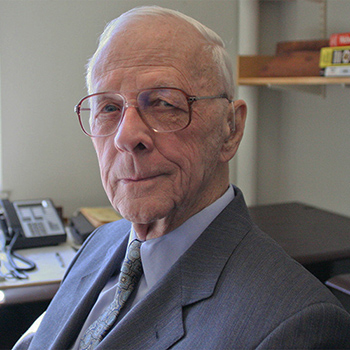When the World First Went Digital
Digital Disruption Is Not New! It’s as New as 1949
Digital disruption began in an old laundry building at 10,000 calculations per second. Quite literally, it was The Beginning That Changed Everything
Fans Like This Make All the Difference! Thanks so much!
“I came to appreciate this book’s excellence in portraying the technologies and human pioneers
who gave us the Information Age, Personal Computers and the Internet. It tells their personal stories
in a context that allows a general audience to appreciate the sources of innovation
that led to so much we enjoy in the Modern Age.” I.L.
The genesis of disruption
Long before Uber shook up the taxi business and AirBnB shocked hoteliers, digital disruption had been rumbling through industries for over five decades.
In a world with no Internet or social media, with little radio and less TV, digital disruption quietly debuted in 1949 and thereafter, with little to no fanfare, methodically spread its digital brand of transformation everywhere.
Occasionally, Hollywood would pop out a glimpse of the disruption, as it did with
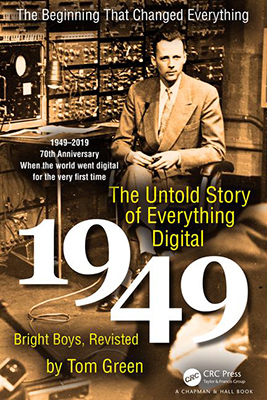
the Tracy/Hepburn romantic comedy Desk Set, but by and large the pervasive disruption was deceptively quiet.
Everything has a beginning, and The Untold Story of Everything Digital is the backstory to digital disruption of the late 1940s and early 1950s.
The Untold Story of Everything Digital is the story of how our high-tech world came to be. It’s digital technology’s genesis story; the amazing journey of Jay Forrester and his team of spirited, brilliant engineers, who, in a single, white-hot decade of fantastical invention, built the first-ever, real-time digital computer. It was the beginning that changed everything.
Brad Feld, Director, Foundry Group & Co-founder, Techstars, and MIT grad is a fan, and gives the book high marks: “This is how a computer history book should be written,” he wrote in his column in Technology Review. “It’s an amazing history of MIT in the 1940’s and 1950’s around the invention of the computer.”
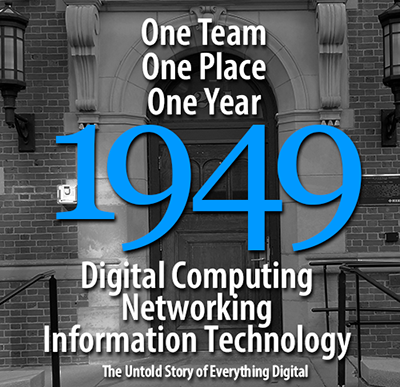
Here’s a peek behind the scenes:
High-rise hostages: 1945, the great elevator strike in New York City
Elevator operators in New York City went on strike September 24, 1945. “The normal routine of thousands of professional, financial and manufacturing establishments,” reported the New York Herald Tribune at the time, “was at a near standstill in the world’s financial and business capital.”
For a week thereafter over a million workers stayed home. “Hundreds of thousands of blue-collar workers, executives, clerical workers, mailmen, deliverymen, and tax collectors could not or would not walk up dozens of flights of steps to reach their shops or offices.”
The economics were disastrous: federal tax collections fell by eight million dollars a day, while the city posted a one hundred million dollar loss to its economy. In 2018 dollars, that’s a tidy $1.4 billion.
New York governor, Thomas Dewey, had had enough after five days. He pressured both sides to declare a truce.
In a high-rise city getting higher all the time, elevator operators could readily make hostages of millions of people…plus threaten the potential loss of billions of dollars to the economy.
Technology was sent to work in the city that never sleeps, where, since the 1857 installation of its first passenger elevators, no elevator had ever moved without a human at the helm.
However, within a decade after the 1945 strike, it would be difficult to find an elevator operator.
Today, there are over 80,000 elevators in New York City, but no human gets a paycheck for operating one.
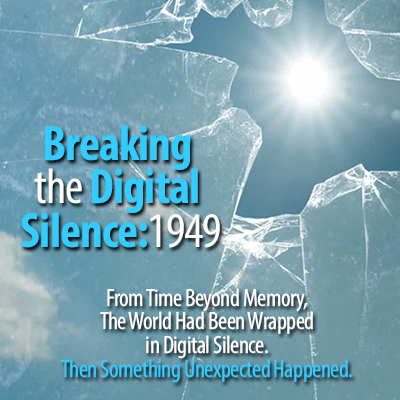
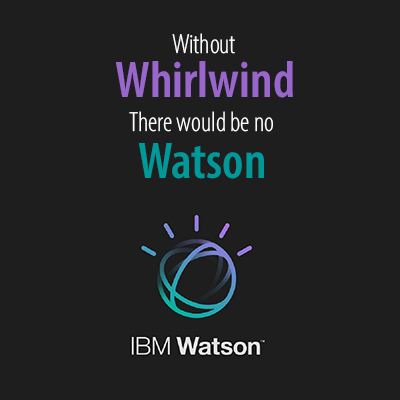
“Tom Watson Jr. said that was the moment that IBM went from being a maker of tabulating machines to digital computers. It was, he said, the most important contract in the company’s history.”
The first digital disruptors
On that same day in September, 220 miles to the northeast, Jay Forrester sat with his boss Gordon Brown in MIT’s Servomechanisms Lab.
With the war over, Forrester was set to leave MIT for industry. Brown didn’t want the brilliant 27-year-old engineer to go. He made him an offer he couldn’t refuse.
As Forrester recalled that meeting in his foreword to The Untold Story of Everything Digital, Brown handed him a list of projects to choose from; Forrester was free to select any one or none.
Thrilled at Brown’s gesture, Forrester chose an interesting project, previously rejected by Bell Labs, in which he saw a unique challenge. In less than a year that interesting challenge would blossom into Project Whirlwind, the world’s first real-time, high-speed, general-purpose, electronic digital computer. A mouthful of words for what today is simply called a digital computer.

From 1945 to 1956, Project Whirlwind would grow in success and stature, and would soon thereafter rival in size the Manhattan Project. In 1956, Forrester would leave the computer wars for MIT’s Sloan School.
Forrester, in total, would spend an amazing seventy-seven years at MIT, until his death in 2016, at the age of ninety-eight.
From 1945 to 1956, in birthing the Whirlwind computer, plus the more advanced and networked version of itself, the SAGE computer, the Forrester-led team kicked off in 1949 an age of digital disruption that continues on today.
The idea behind Whirlwind was to create a general-purpose computer that could control other machines and processes. In short, to apply automation technology widely where ever possible and to further discover ever more possibilities to automate. …Even elevators.
Forrester’s team of bright boys spent all of 1947 designing the computer on paper; the next year, 1948, the team transformed their blueprints into a computing machine (using over 2500 square feet of floor space in an old laundry building). In 1949, they switched on their creation, which then ran continuously for a decade until 1959.
The more advanced version of Whirlwind, the SAGE computer, ran continuously until 1984, with a remarkable uptime of over 95 percent.
Join the stream
Please join us in the fall of 2024 for the audiobook version of The Untold Story of Everything Digital, narrated by three special and familiar Hollywood personalities We’re sure that you’ll enjoy it and maybe even pick up a copy of the book as well (distributed by Google)..
*In 1956, Forrester accepted the offer of a professorship in the newly-formed MIT Sloan School of Management. In short order, the disruptor was at it again, this time inventing System Dynamics: “a methodology and mathematical modeling technique to frame, understand, and improve complex issues in industrial processes.”
